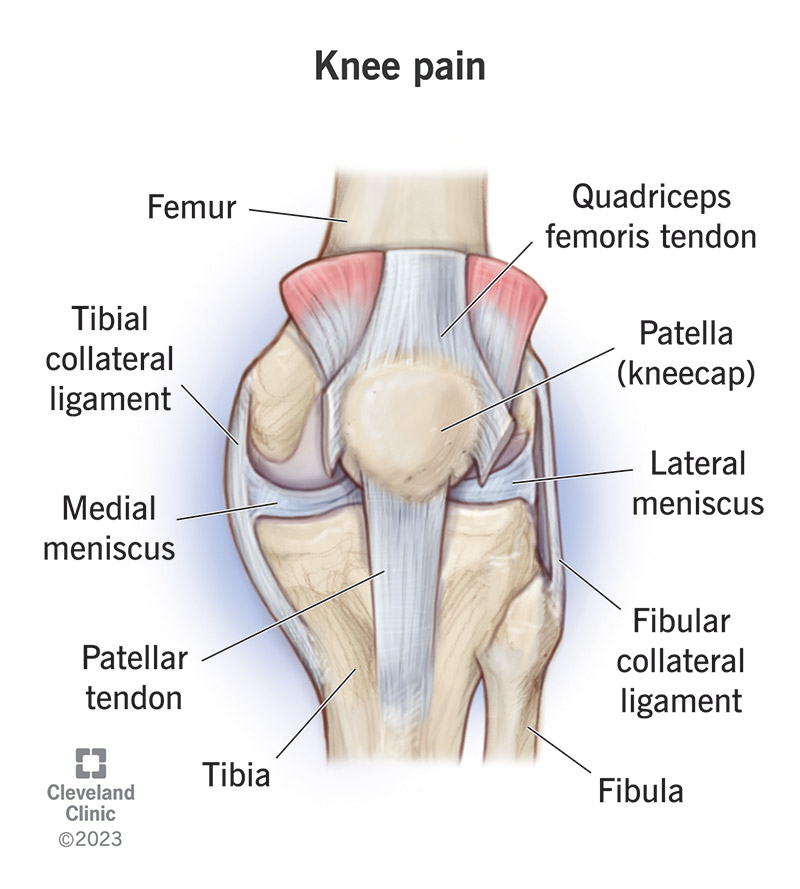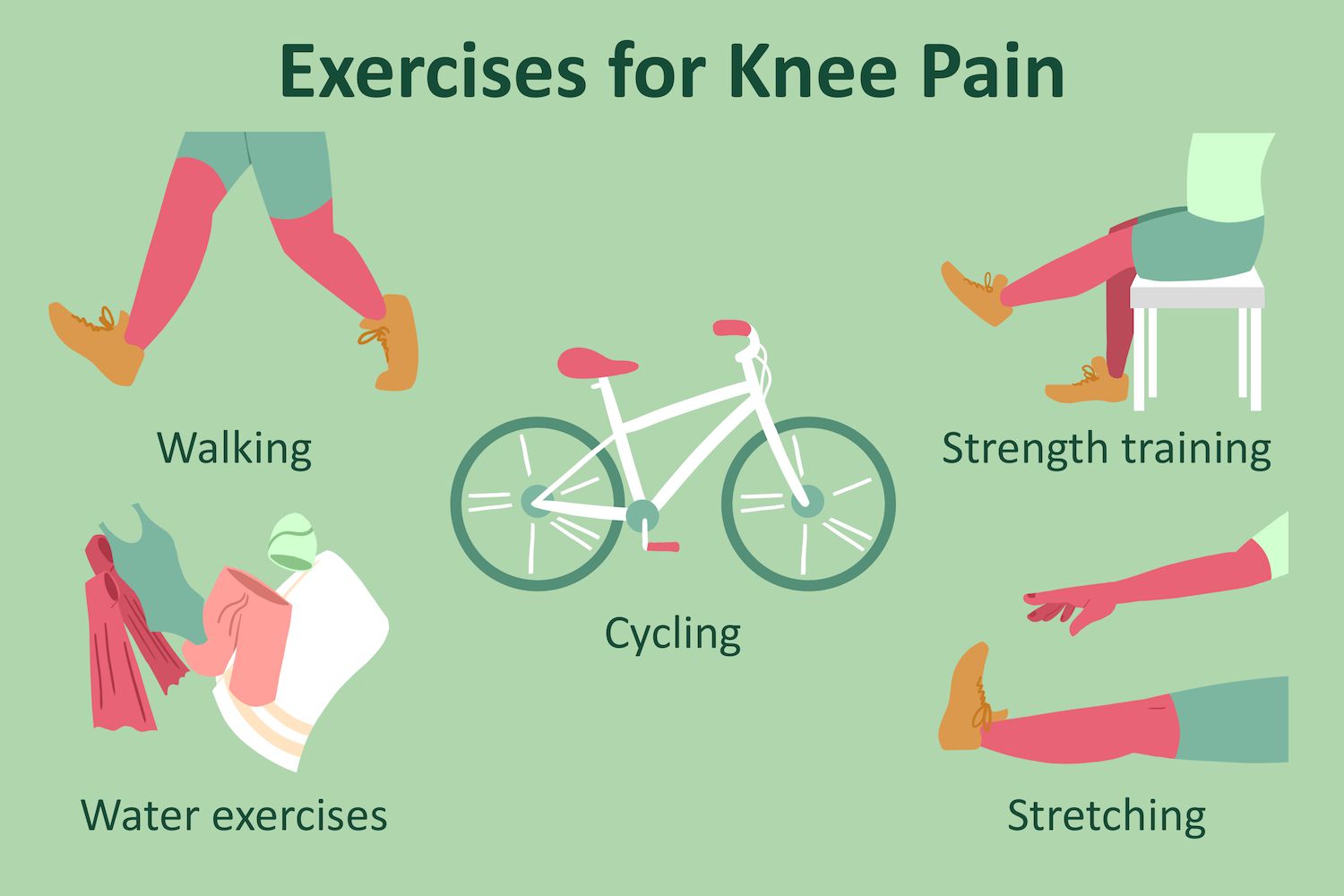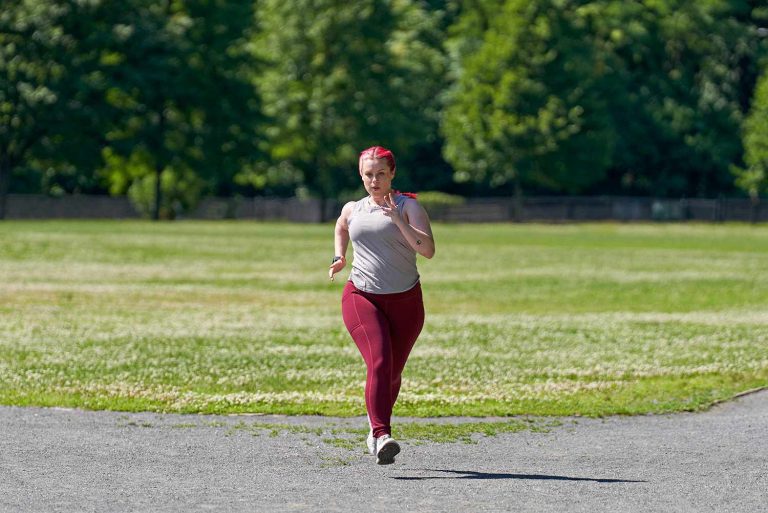Will Walking Help Knee Pain : The Ultimate Solution
Walking can help reduce knee pain by strengthening muscles and improving flexibility. It is a low-impact exercise that can alleviate discomfort in the knees.
Knee pain is a common issue that can be caused by various factors such as injury, overuse, or arthritis. Engaging in physical activity like walking can help improve joint function and reduce pain. The motion of walking can help increase blood flow to the knees, promoting healing and reducing inflammation.
Additionally, walking can aid in weight management, which can alleviate stress and pressure on the knee joints. It is essential to consult with a healthcare professional before starting any exercise regimen to ensure it is safe and appropriate for your specific condition.

Credit: my.clevelandclinic.org
Benefits Of Walking
Walking is a simple and low-impact exercise that provides numerous benefits for our overall health. Apart from being easily accessible, it can also be an effective way to mitigate knee pain. In fact, walking is often recommended as part of physical therapy programs for individuals with knee issues, as it helps in improving joint mobility, strengthening muscles, and managing weight. Let’s explore these benefits in more detail:
Improves Joint Mobility
Regular walking helps to improve joint mobility, especially in the knees. When you walk, the repetitive movement stimulates the production of synovial fluid. This lubricating fluid helps to reduce friction between the joints, making them more flexible and mobile. Additionally, walking helps to maintain the flexibility of the surrounding muscles and tendons, further enhancing joint mobility and reducing knee pain.
Strengthens Muscles
Walking is a fantastic way to strengthen the muscles around the knees. When you walk, the muscles in your legs and thighs work together to support your body weight and propel you forward. This continuous muscle engagement helps to tone and strengthen the quadriceps, hamstrings, calves, and glutes. Stronger muscles offer better support to the knee joint, reducing strain on the joint and thus alleviating knee pain.
Helps With Weight Management
Weight management is crucial for individuals with knee pain, as excess weight can put additional pressure on the joints. Walking is a highly effective exercise for weight management, as it helps to burn calories and improve metabolism. By incorporating a brisk walk into your daily routine, you can create a calorie deficit and aid in weight loss or weight maintenance. Reducing body weight can significantly relieve stress on the knee joint, resulting in a reduction in pain and discomfort.

Credit: runnersconnect.net
Walking And Knee Pain
Walking can be a simple yet effective way to manage knee pain. It offers several benefits that can alleviate discomfort and aid in the healing process.
Reduces Inflammation
Walking helps reduce inflammation in the knees by promoting the circulation of joint fluids and decreasing overall knee stiffness.
Enhances Blood Flow
Walking boosts blood flow to the knees, delivering essential nutrients and oxygen to the affected areas, which can assist in recovery.
Promotes Healing
Regular walking promotes the healing of knee injuries by strengthening the surrounding muscles and improving joint stability over time.
Tips For Walking With Knee Pain
For many people, walking is a great way to stay active and manage knee pain. However, it’s important to take certain precautions and follow some tips to ensure that walking doesn’t exacerbate the pain. Here are some essential strategies for walking with knee pain:
Proper Footwear
Wearing appropriate footwear is crucial when walking with knee pain. Look for shoes with good arch support and cushioning to reduce the impact on your knees. Additionally, consider using orthotic inserts to provide extra support and stability.
Warm-up And Stretching
Prior to walking, it’s essential to engage in gentle warm-up exercises. This can include leg swings, knee bends, and calf stretches to prepare your muscles and joints for the activity. Focusing on flexibility exercises can also help reduce discomfort during and after walking.
Slow And Steady Pace
Maintain a slow and steady pace while walking to avoid placing excessive stress on your knees. Use shorter strides and ensure that you’re maintaining proper posture. Avoid overexertion and listen to your body’s signals, taking breaks as needed to prevent aggravating the knee pain.

Credit: www.physiotattva.com
Other Exercises For Knee Pain Relief
If you’re experiencing knee pain, incorporating other exercises into your routine can help alleviate discomfort and strengthen the muscles around your knees. These exercises are low-impact, making them ideal for individuals with knee pain. Try including these activities in your fitness regimen:
Cycling
Using a stationary or regular bike can be an excellent option for knee pain relief. Cycling is a low-impact exercise that allows you to strengthen the muscles around your knees without putting excessive strain on the joint. Whether you prefer outdoor cycling or a spin class, this activity can provide cardiovascular benefits while being gentle on your knees.
Swimming
Swimming is another highly recommended exercise for individuals dealing with knee pain. This low-impact activity places minimal strain on your knees while providing a complete body workout. The buoyancy of the water helps support your body weight, reducing the impact on your joints. Consider incorporating swimming or water aerobics into your routine to promote flexibility and strengthen the muscles around your knee joint.
Low-impact Aerobics
Table:
Here are some low-impact aerobic exercises that can be beneficial for knee pain relief:
| Exercise | Benefits |
|---|---|
| Elliptical training | Provides a cardiovascular workout with minimal knee impact |
| Rowing | Engages various muscle groups, including those around the knees |
| Stair climbing | Strengthens the leg muscles while being gentle on the joints |
By incorporating these low-impact aerobic exercises into your routine, you can improve your knee health and reduce pain. Remember to start slowly and gradually increase the intensity as your body adjusts.
Frequently Asked Questions Of Will Walking Help Knee Pain
Should I Walk If I Have Knee Pain?
Yes, you can walk if you have knee pain. However, it is important to listen to your body and not push beyond your limits. Start with short, gentle walks and gradually increase your distance and intensity. If the pain worsens or persists, consult a healthcare professional for proper guidance.
What Is The #1 Mistake That Makes Bad Knees Worse?
Not properly managing weight and doing high-impact activities are the #1 mistakes that worsen bad knees.
What Not To Do During Knee Pain?
During knee pain, avoid high-impact activities, prolonged sitting, improper footwear, excessive weight-bearing, and ignoring pain. Opt for gentle exercises, maintain a healthy weight, and seek medical advice if the pain persists.
Is It Ok To Walk With Bone On Bone Knee Pain?
It is not advisable to walk with bone-on-bone knee pain as it can worsen the condition. Seek medical advice for proper management.
Conclusion
Ultimately, walking can be a beneficial exercise for alleviating knee pain. Consistent low-impact movement can strengthen muscles around the knee, improve flexibility, and reduce inflammation. It’s important to listen to your body and consult with a healthcare provider before starting any new exercise routine.
Remember, small steps can lead to significant improvements in managing knee pain.






